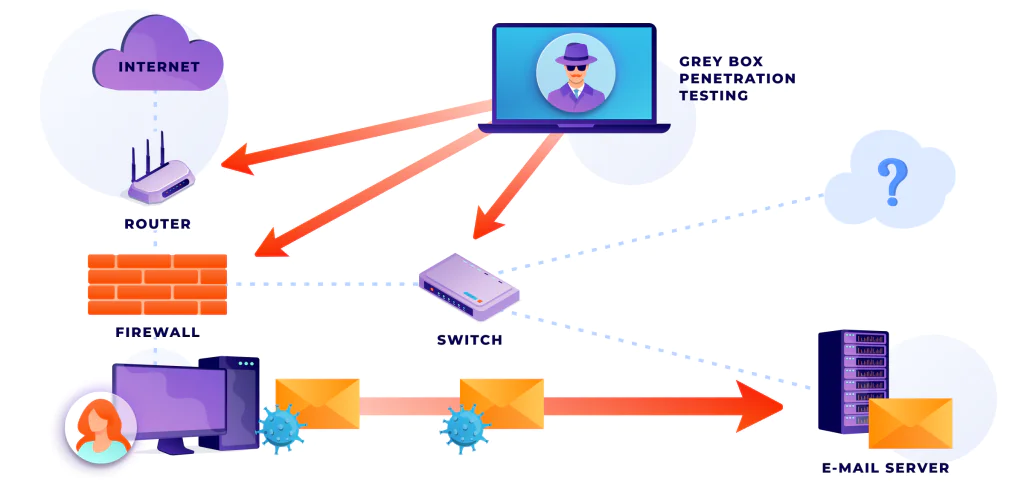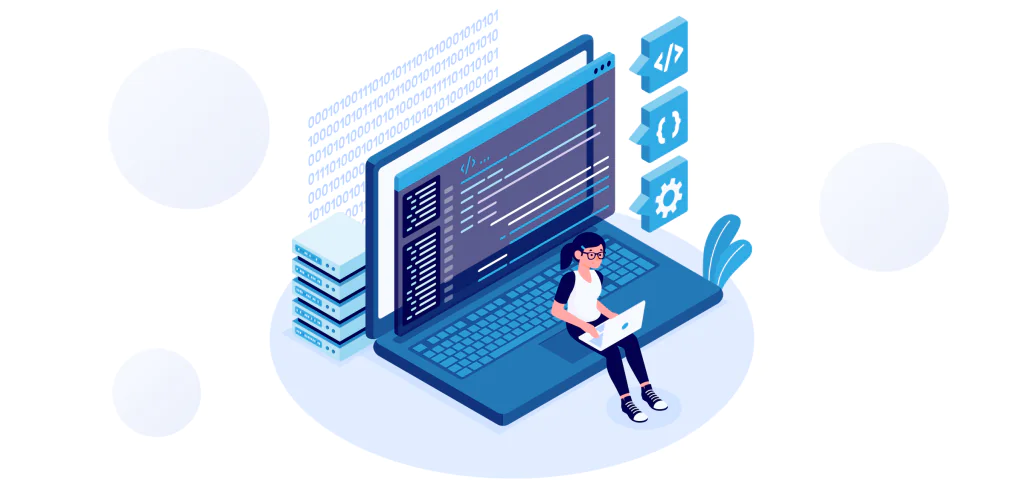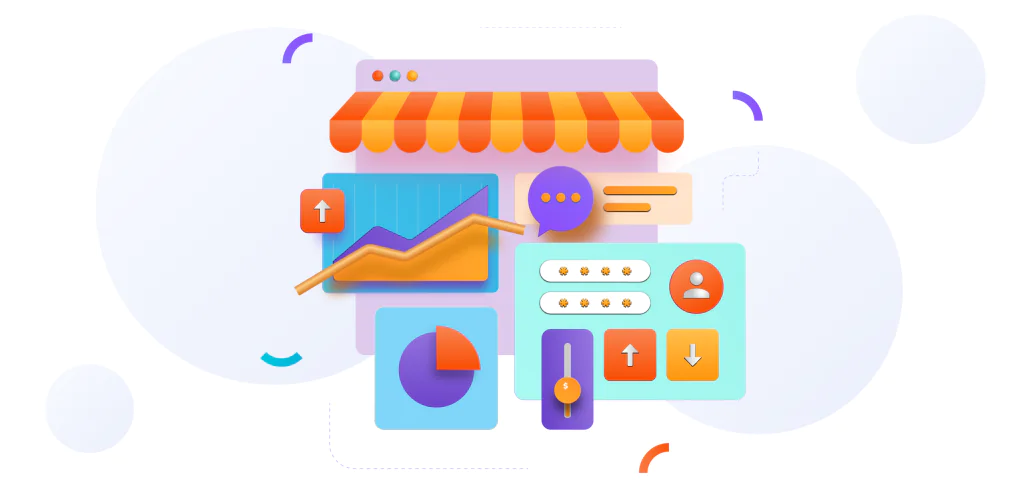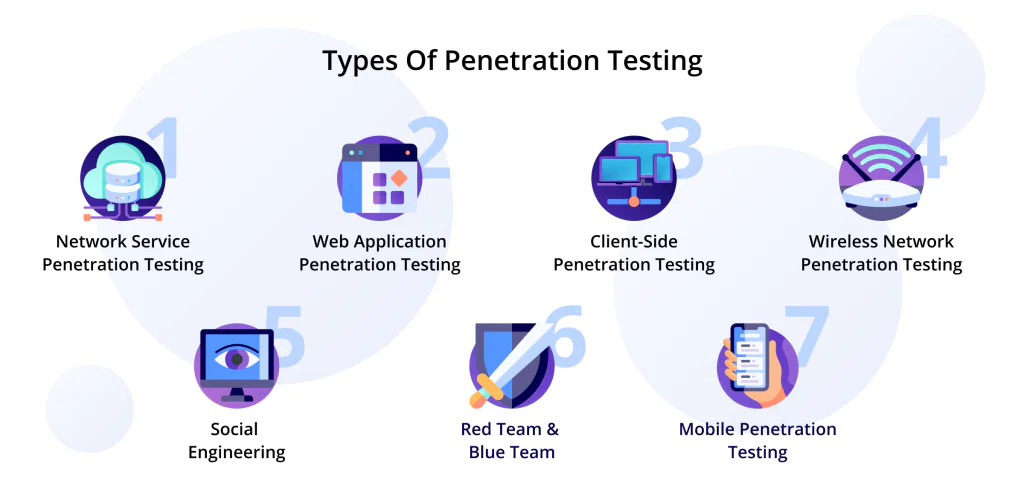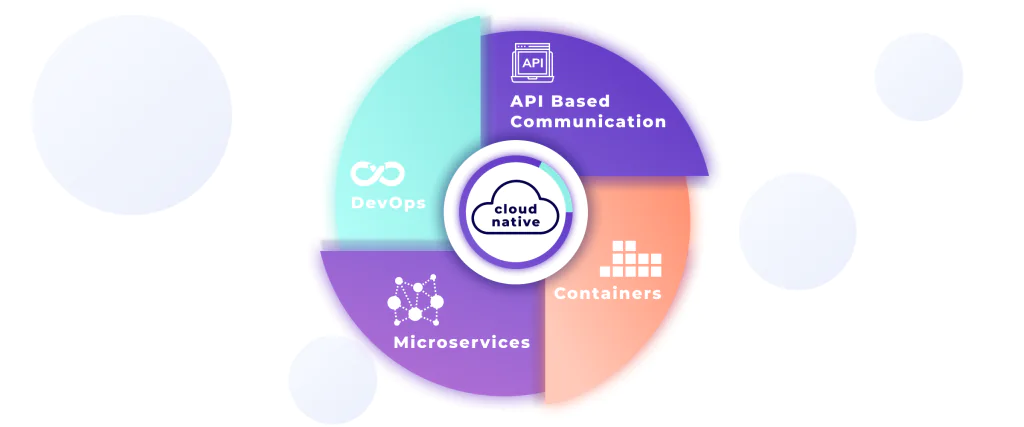A global energy crisis is upon us, so energy management software development is fast becoming an indispensable solution for everyone. It might surprise many, but these products can be extremely versatile. Their applications vary from enabling smart energy management to minimizing losses to finding the best energy plans in your region. As a result, many businesses could benefit greatly from investing in this niche of custom software products.
Here at Devtorium, we have first-hand experience in energy management software development that we’d like to share today.
Energy Management Software Types and Uses
First of all, it’s crucial to note that no matter its exact functionality, the primary purpose of energy management software development is to make our world cleaner. That’s why most of these solutions work with clean energy or smart home products.
The most basic application of this software literally is energy management. Therefore, such solutions are integrated into the IoT and help users ensure that no appliance in their home uses more power than absolutely necessary. Considering current power price rates for enterprises, developing such custom solutions is essential for manufacturers and other power-consuming businesses.
In this case, energy management software can be used to:
- Collect all data on energy use and emissions.
- Apply various data analytics techniques to analyze energy use efficiency and predict waste and power use changes depending on multiple factors.
- Generate an optimization plan and other helpful suggestions based on data analytics.
- Measure the results of implemented optimizations.
- Monitor the overall energy use and waste performance of a business/building constantly.
This type of energy management software development application is straightforward to understand. However, there are applications for custom software products in the power business. For example, solutions that run power plants and energy distribution also fall into this software category.
In addition, there is a type of consumer-oriented energy management software that is often overlooked. Flexible utility rates that change with the season and other factors make it challenging for people to handle their energy bills. Solutions that enable residential power users to pick the best plans also fall into the category of energy management software.

One Interesting Case of Energy Management Software Development
Devtorium has an interesting energy management case for consumer-oriented use in our portfolio. It was (and is) a fascinating custom software product development project.
The client is one of the leading energy management companies in the US. It helps customers choose clean energy plans that help them save money and reduce their household carbon footprint. Currently, the company reports that its efforts managed to help the Earth avoid 344,000 tons of carbon dioxide emissions. Moreover, they also planted 354,768 trees as a contribution to restoring the planet’s ecology.
The solution provided by Devtorium enables the company to interact with customers and help those find the best energy plan for them. To create such energy management software, we used:
- Angular JS
- Angular 7
- WordPress
- PHP
- .NET Framework 4.6.1
- ASP.NET Web API
- ASP.NET MVC
- MS SQL
- EntityFramework 6.4.4
- IdentityServer4
The resulting solution included:
- A stylish website that offers both excellent user experience and aesthetic enjoyment. We were aiming for a site that people would actually like and enjoy browsing. In addition, the visuals focus on clean energy and its importance to our planet’s health.
- My Account functionality website visitors can use to enroll, perform payments, etc. In essence, the system is used to interact with the user in everything the company needs, including email notifications, payment processing, and plan management.
- CyberSource payment system that enables customers to make secure, regular, and automated payments. Our priorities were security and ease of use. CyberSource payment platform guarantees both.
- SendGrid email system to provide easy and efficient interaction with customers. Email remains the most efficient way of communication and marketing in the digital world. So, the client company needed a great email platform integration, which we provided.
Bottom Line: Who Should Invest in Custom Energy Management Solutions?
Custom energy management software development isn’t for everyone. However, some types of businesses can save a lot of money through such solutions. For example, big companies and enterprises that manage vast production/storage/etc. facilities. They will require efficient power management to reduce waste and cut costs.
Other types of businesses that require such software are energy companies and providers. They can use a wide range of solutions that help manufacture, distribute, and manage power flows.
Finally, businesses that work with regular energy consumers can benefit from efficient management solutions. They can use software to search for plans and otherwise help optimize the power costs directly for the consumer.
Does your business fall into one of these categories? Contact Devtorium, an expert in energy management software development. We’ll be happy to help bring your project to life!






